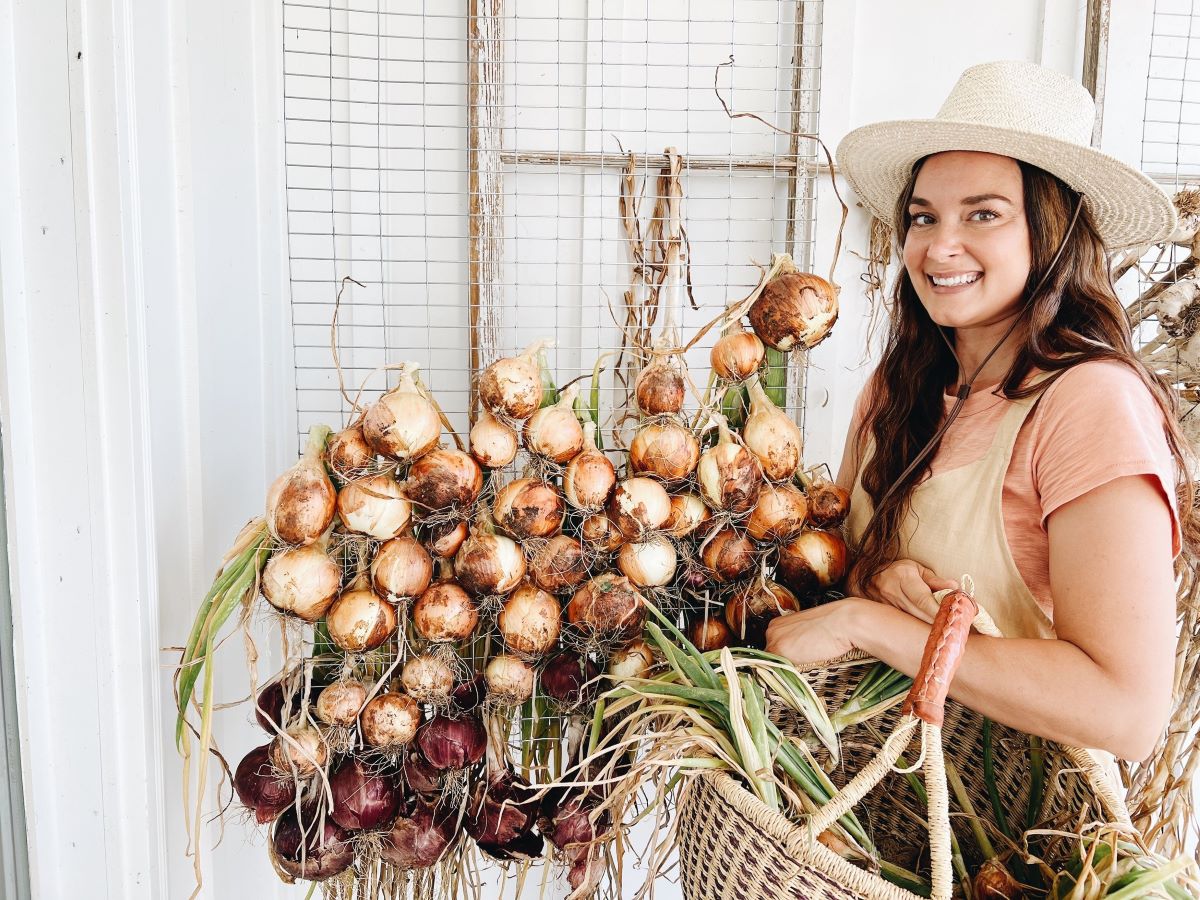

Articles
How To Store Fresh Onions
Modified: January 6, 2024
Learn the best tips and techniques for storing fresh onions to keep them fresh and tasty for longer. Read our informative articles on proper onion storage and maximize their shelf life
(Many of the links in this article redirect to a specific reviewed product. Your purchase of these products through affiliate links helps to generate commission for Storables.com, at no extra cost. Learn more)
Introduction
Storing fresh onions properly is essential to prolong their shelf life and maintain their quality. Whether you have a home garden or purchase onions from the store, knowing the right storage techniques can help you enjoy fresh onions for an extended period of time.
Onions are widely used in various culinary dishes and add flavor, aroma, and texture to recipes. They are a versatile vegetable that can be used in soups, stews, stir-fries, salads, and many other dishes. However, improper storage can lead to spoilage, sprouting, and loss of flavor.
Factors such as temperature, humidity, and air circulation play a crucial role in determining how long fresh onions will last. By understanding these factors and following proper storage practices, you can ensure that your onions remain fresh and flavorful for as long as possible.
In this article, we will explore the factors that affect onion storage, the best storage conditions, and step-by-step instructions on how to store fresh onions. By following these guidelines, you can extend the shelf life of your onions and always have a supply on hand for your favorite recipes.
Key Takeaways:
- Proper storage of fresh onions involves harvesting at the right time, curing, choosing a suitable storage location, and maintaining optimal temperature and humidity levels to extend their shelf life and preserve flavor.
- Regularly checking stored onions for signs of spoilage, sprouting, and pests, and maintaining proper storage conditions are essential for maximizing the longevity and quality of fresh onions.
Read more: How To Store Fresh Green Onion
Factors Affecting Onion Storage
Several factors can impact the shelf life and quality of onions during storage. Understanding these factors will help you implement the best storage practices for your onions. Here are the key factors to consider:
- Temperature: Onions prefer cool temperatures for storage, ideally between 32°F (0°C) and 40°F (4°C). Higher temperatures can accelerate sprouting and spoilage, while temperatures below freezing can damage the onions.
- Humidity: Onions require moderate humidity levels for storage. Humidity levels between 65% and 70% are ideal. Too much moisture can lead to rotting, while low humidity can cause the onions to dry out.
- Air Circulation: Proper air circulation is important to prevent the buildup of moisture and to maintain the freshness of onions. Good ventilation helps to reduce the risk of mold and rot.
- Exposure to Light: Onions should be stored in a dark place as exposure to light can cause them to sprout prematurely. Keep onions away from direct sunlight or any other sources of light.
- Damage and Bruising: Onions with cuts, bruises, or any signs of damage should be used immediately, as they are more prone to decay. Always inspect your onions before storing them.
- Variety: Different onion varieties have varying storage capabilities. Some varieties are better suited for long-term storage, while others are best consumed within a few weeks. Consult the variety’s specific guidelines for optimal storage conditions.
By considering these factors, you can create an optimal storage environment for your onions and maximize their shelf life.
Best Storage Conditions
To ensure the longevity of your fresh onions, it’s essential to provide them with the best storage conditions. Here are the key factors to consider when storing onions:
- Harvesting Fresh Onions: Harvesting onions at the right time is crucial for storage. Wait until the tops of the onions have dried and fallen over before harvesting. This indicates that the onions have reached full maturity and are ready for storage.
- Curing Onions: Curing is the process of drying onions to toughen their outer skins. After harvesting, allow onions to cure in a well-ventilated area with good air circulation. This typically takes two to three weeks. Once fully cured, the outer skins will become dry and papery.
- Choosing the Right Storage Location: Find a cool, dry, and dark location for onion storage. A basement, cellar, or cool pantry are ideal options. The storage area should have a temperature between 32°F (0°C) and 40°F (4°C) and a humidity level of 65% to 70%.
- Preparing Onions for Storage: Before storing onions, inspect them for any signs of damage or spoilage. Remove any onions that are soft, moldy, or have sprouted. Trim the tops and roots, leaving a small portion intact to prevent them from drying out.
- Proper Storage Containers for Onions: Use breathable containers for storing onions. Mesh bags, mesh baskets, or woven baskets are excellent choices as they allow air to circulate around the onions. Avoid using plastic bags or airtight containers, as they can trap moisture and lead to spoilage.
- Temperature and Humidity Control: Maintain a consistent temperature and humidity level in the storage area. Avoid storing onions near heat sources, as higher temperatures can lead to sprouting and spoilage. Monitor the humidity and adjust as necessary using a hygrometer or by placing a tray of water in the storage area to increase humidity if needed.
- Checking Stored Onions Regularly: Periodically check on your stored onions to ensure they are still in good condition. Remove any onions that show signs of spoilage or sprouting to prevent them from affecting the rest of the batch. Use the onions that are starting to show signs of decline sooner rather than later.
By following these best storage conditions, you can prolong the shelf life of your fresh onions and maintain their quality for an extended period.
Harvesting Fresh Onions
The first step to ensuring the long-term storage of fresh onions is to harvest them at the right time. Harvesting onions too early can result in undeveloped bulbs, while leaving them in the ground too long can lead to sprouting and spoilage. Here are the steps to harvest fresh onions:
- Observe the Tops: Wait until the onion tops have completely dried and fallen over. This indicates that the onions have reached their full maturity and are ready to be harvested. The tops should be brown and crispy.
- Lift Gently: Carefully lift the onions from the soil using a garden fork or a spading fork. Insert the fork into the ground a few inches away from the onion bulb and gently lift it out, avoiding any damage to the bulb.
- Brush Off Excess Soil: Gently brush off any loose dirt or soil from the onion bulb. Do not wash the onions as moisture can promote decay during storage.
- Leave the Tops Intact: Leave the tops of the onions attached to the bulb. Trim any long or damaged tops, leaving about an inch of the foliage intact. This will help to prevent the onion from drying out during storage.
- Grouping or Bunching: If you have harvested a large number of onions, consider grouping or bunching them together. Tie the tops of the onions with string or twist ties, creating bundles of onions for easier handling during the curing process.
- Curing the Onions: After harvesting, allow the onions to cure for two to three weeks. Place them in a well-ventilated area with good air circulation, such as a covered porch or a shaded spot in the garden. Avoid direct sunlight and rain exposure during the curing process.
By harvesting fresh onions at the proper time and following the steps mentioned above, you can ensure that your onions are ready for storage and have the best chances of staying fresh and flavorful for an extended period.
Curing Onions
After harvesting, curing onions is a crucial step in preparing them for long-term storage. Curing helps to toughen the outer skins, remove excess moisture, and enhance the flavor and keeping quality of the onions. Here’s how to properly cure onions:
- Choose a Dry Location: Select a well-ventilated area with good air circulation for curing the onions. A covered porch, an open-air shed, or a well-ventilated garage are suitable options.
- Spread Out the Onions: Lay the harvested onions out in a single layer, ensuring they do not touch each other. This allows air to circulate around each onion and facilitates the curing process.
- Avoid Direct Sunlight: Place the onions in a shaded area to protect them from direct sunlight. Exposure to sunlight can cause the onions to become sunburned or develop soft spots.
- Maintain Proper Humidity: Maintain a humidity level of around 65% to 70% during the curing process. The onions should be exposed to gentle airflow but protected from excessive drafts or moisture.
- Cure for Two to Three Weeks: Allow the onions to cure for two to three weeks. During this time, the outer skins will dry and become papery, helping to protect the onions during storage.
- Inspect Regularly: Periodically check the onions during the curing process for any signs of rot, mold, or decay. Remove any onions that show signs of spoilage to prevent it from spreading to the rest of the batch.
- Trim the Tops: After the curing period, trim the dried tops of the onions, leaving about half an inch of the foliage attached to the bulb. This will help to prevent the onions from drying out during storage.
Properly cured onions are ready for storage and will have a longer shelf life. Curing helps to toughen the outer skins, remove excess moisture, and enhance the storage potential of the onions, allowing you to enjoy them for an extended period.
Read more: How To Store Fresh Onions From The Garden
Choosing the Right Storage Location
After harvesting and curing, it’s important to choose the right storage location for your onions. The storage area should provide optimal conditions to keep the onions fresh and prevent them from sprouting or spoiling. Here are some factors to consider when selecting a storage location:
- Temperature: Onions prefer cool temperatures for storage. Look for a storage area with a consistent temperature between 32°F (0°C) and 40°F (4°C). Avoid storing onions in areas that are too warm or have extreme temperature fluctuations, as this can accelerate sprouting and spoilage.
- Humidity: Maintaining the right humidity level is crucial for onion storage. Aim for a humidity level between 65% and 70%. Too much moisture can promote rotting, while low humidity can lead to the onions drying out. Monitor the humidity in the storage area and make adjustments if necessary.
- Darkness: Onions should be stored in a dark environment. Exposure to light can prompt premature sprouting, which shortens their shelf life. Choose a storage location that is away from direct sunlight or other sources of light.
- Ventilation: Proper air circulation helps to prevent the buildup of moisture and maintain the freshness of the onions. Ensure that there is adequate ventilation in the storage area to reduce the risk of mold or rot. Avoid storing onions in airtight containers, as this can trap moisture and promote spoilage.
- Away from Ethylene-Producing Foods: Onions are sensitive to ethylene gas, which can accelerate their spoilage. Keep onions away from ethylene-producing fruits and vegetables, such as apples, bananas, and potatoes, in your storage area.
- Avoid Areas Prone to Pests: Choose a storage location that is free from pests such as rodents or insects. Pests can damage onions and compromise their quality. If necessary, use pest control measures to keep the storage area free from pests.
By considering these factors, you can select an ideal storage location that provides the optimal conditions for keeping your onions fresh and extending their shelf life. Remember to monitor the storage area regularly and remove any onions that show signs of spoilage or sprouting to prevent them from affecting others.
Store fresh onions in a cool, dry, well-ventilated place, such as a pantry or cellar. Avoid storing them near potatoes, as the gases they release can cause onions to spoil faster.
Preparing Onions for Storage
Properly preparing onions for storage is essential to ensure their longevity and maintain their quality. By following the correct preparation techniques, you can minimize the risk of spoilage and enjoy fresh onions for an extended period. Here are the steps to prepare onions for storage:
- Inspect for Damage: Before storing onions, carefully inspect them for any signs of damage, rot, or disease. Remove any onions that are soft, moldy, or have sprouted, as they can spoil the rest of the batch.
- Trimming the Tops: Trim the tops of the onions, leaving about an inch of the foliage intact. This will help prevent the onions from drying out during storage. Be careful not to remove too much of the top, as it can expose the flesh and increase the chances of spoilage.
- Remove Excess Soil: Gently brush off any loose dirt or soil from the onion bulbs. Do not wash the onions, as moisture can lead to rot. Removing excess soil helps to keep the onions clean and reduces the risk of contamination during storage.
- Sort by Size and Variety: Group the onions based on their size and variety. This will help you use them accordingly, as some varieties may have different storage capabilities or flavor profiles.
- Separate Storage Containers: Choose suitable storage containers for onions, such as mesh bags, mesh baskets, or woven baskets. These containers allow for proper air circulation, which is essential to maintain the freshness of the onions. Avoid using plastic bags or airtight containers, as they can trap moisture and promote spoilage.
- Label the Containers: Label the containers with the date of harvest or purchase to keep track of the onion’s freshness. This will help you identify the onions that need to be used first to prevent them from going bad.
By following these preparation steps, you can ensure that your onions are ready for storage and that they stay fresh and flavorful for an extended period. Remember to handle the onions with care to avoid bruising or damaging them, as this can increase the chances of spoilage.
Proper Storage Containers for Onions
Choosing the right storage containers for onions is crucial for maintaining their freshness and prolonging their shelf life. The containers you use should provide proper air circulation and protection to keep the onions in optimal condition. Here are some options for suitable storage containers:
- Mesh Bags: Mesh bags are excellent for storing onions as they allow for proper air circulation. The breathable material helps to prevent moisture buildup and mold formation. Place the onions in the mesh bag, ensuring they are not overcrowded, and hang the bag in a cool, dark location.
- Mesh Baskets: Similar to mesh bags, mesh baskets provide ample airflow to keep the onions fresh. Arrange the onions in the mesh basket, making sure they have enough space between them. Place the basket in a well-ventilated area with consistent temperature and humidity.
- Woven Baskets: Woven baskets with gaps between the weaves allow air to circulate around the onions, preventing moisture buildup. Choose baskets with a slightly slatted base to promote good ventilation. Arrange the onions in a single layer inside the basket and store in a cool, dark location.
- Wooden Crates: Wooden crates provide good airflow for storing onions. Line the crate with paper or straw to absorb excess moisture. Place the onions in a single layer in the crate, ensuring they do not touch each other. Store the crate in a well-ventilated area with controlled temperature and humidity.
- Cardboard Boxes: Cardboard boxes can be used for onion storage, but they should have ventilation holes to allow proper air circulation. Line the bottom of the box with paper or straw to absorb moisture. Arrange the onions in a single layer inside the box, avoiding overcrowding.
Regardless of the storage containers you choose, remember to store onions in a cool, dark location with the proper temperature and humidity levels. Regularly check the onions for any signs of spoilage and remove any that are deteriorating to prevent them from affecting the rest.
By using the appropriate storage containers for onions, you can ensure that they are well-ventilated, protected, and maintain their freshness for a longer period.
Temperature and Humidity Control
Controlling the temperature and humidity levels is vital for successful onion storage. Proper temperature and humidity conditions create an optimal environment that helps to prevent sprouting, rotting, and drying out of onions. Here’s how to maintain the right temperature and humidity for your stored onions:
- Temperature: Onions prefer cool temperatures for storage. Aim for a temperature range between 32°F (0°C) and 40°F (4°C). This temperature range helps to slow down the aging process and keeps the onions dormant.
- Consistency: Maintain a consistent storage temperature. Avoid exposing onions to temperature fluctuations, as this can promote sprouting or spoilage. Keep the storage area away from heat sources, such as ovens or radiators, which can lead to higher temperatures.
- Humidity: Onions require a moderate level of humidity to prevent them from drying out or becoming too moist. Aim for a humidity level between 65% and 70%. Too much humidity can cause the onions to rot, while low humidity can result in the onions drying out.
- Hygrometer: Use a hygrometer, a device that measures humidity, to monitor the humidity level in the storage area. Place the hygrometer near the onions, and adjust the humidity as needed. If the humidity is too low, you can increase it by placing a tray of water nearby or by using a humidifier.
- Humidity Absorption: To prevent excess moisture buildup, which can lead to rotting, place a layer of absorbent material at the bottom of the storage containers. Paper towels, straw, or newspaper can be used to absorb excess moisture. Check these materials periodically and replace them if they become damp.
- Ventilation: Good air circulation is important to maintain the freshness of stored onions. Ensure that there is proper ventilation in the storage area to prevent the buildup of humidity. Avoid storing onions in airtight containers that can trap moisture.
By controlling the temperature and humidity levels in your storage area, you can create an ideal environment for onions to stay fresh and maintain their quality for a longer period. Regularly monitor the temperature and humidity, make adjustments as necessary, and promptly remove any onions that show signs of deterioration.
Read more: How To Store Onions
Checking Stored Onions Regularly
Regularly checking stored onions is essential to ensure their quality and prevent the spread of spoilage. By inspecting the stored onions on a regular basis, you can identify any issues early on and take appropriate actions. Here are some key steps to follow when checking your stored onions:
- Inspect for Mold or Rot: Carefully examine each onion for any signs of mold, rot, or decay. Moldy onions should be immediately removed to prevent the spread of spores to other onions. Discard any onions that show visible signs of spoilage.
- Check for Sprouting: Look for any onions that have begun to sprout. Sprouting indicates that the onions are breaking their dormancy and may not store well. Use sprouted onions first before they deteriorate further.
- Feel for Firmness: Gently squeeze the onions to check for firmness. Healthy onions should feel firm and solid. Soft or mushy spots are an indication of deterioration and should be discarded.
- Inspect for Pests: Check for any signs of pests, such as insects or rodents, that may be damaging the onions. Discard any onions that have been infested to prevent further contamination.
- Remove Damaged Onions: If you come across any onions with cuts, bruises, or signs of damage, use them as soon as possible. Damaged onions are more susceptible to decay and should be consumed before they spoil.
- Rotate Onions: As you inspect the stored onions, rearrange and rotate them to ensure even ventilation and usage. Use the onions that are closer to their expiration date first to avoid wastage.
- Maintain Storage Conditions: While checking the onions, also monitor and maintain the storage conditions, including temperature and humidity levels. Make any necessary adjustments to ensure the optimal environment for onion storage.
Regularly checking stored onions allows you to catch any issues early and prevent them from affecting the rest of the batch. By promptly removing any spoiled or deteriorating onions, you can maintain the overall quality and freshness of the stored onions.
Remember to handle the onions with care during the inspection process to avoid causing unnecessary damage or bruising. With regular checks and proper management, your stored onions can last for an extended period and provide you with fresh and flavorful additions to your meals.
Conclusion
Properly storing fresh onions is crucial to maximize their shelf life and maintain their quality. By considering factors such as temperature, humidity, and storage conditions, you can ensure that your onions stay fresh and flavorful for an extended period. Here’s a summary of the key points discussed:
First, harvesting fresh onions at the right time and curing them properly are important initial steps. Harvest when the tops have dried and fallen over, and cure the onions in a well-ventilated area for two to three weeks to toughen their outer skins.
Choosing the right storage location is crucial. Aim for a cool, dark area with a temperature between 32°F (0°C) and 40°F (4°C) and a humidity level of 65% to 70%. Consider using mesh bags, mesh baskets, woven baskets, wooden crates, or cardboard boxes for storage.
Preparing onions for storage involves inspecting for damage, trimming the tops, and removing excess soil. Sort the onions by size and variety, and use suitable storage containers that allow for proper air circulation.
Temperature and humidity control are essential. Maintain a consistent temperature and appropriate humidity levels to prevent sprouting or spoilage. Use a hygrometer to monitor and adjust humidity if needed.
Regularly check stored onions for mold, rot, sprouting, soft spots, pests, and damage. Remove any onions showing signs of deterioration and rotate the onions to ensure even usage and ventilation.
In conclusion, by following these guidelines for harvesting, curing, preparing, choosing the right storage location, temperature and humidity control, and regular monitoring, you can extend the shelf life of your fresh onions and enjoy their flavor and nutritional benefits for a longer period. With proper storage practices, you can ensure that your onions are always on hand for all your culinary creations.
Frequently Asked Questions about How To Store Fresh Onions
Was this page helpful?
At Storables.com, we guarantee accurate and reliable information. Our content, validated by Expert Board Contributors, is crafted following stringent Editorial Policies. We're committed to providing you with well-researched, expert-backed insights for all your informational needs.
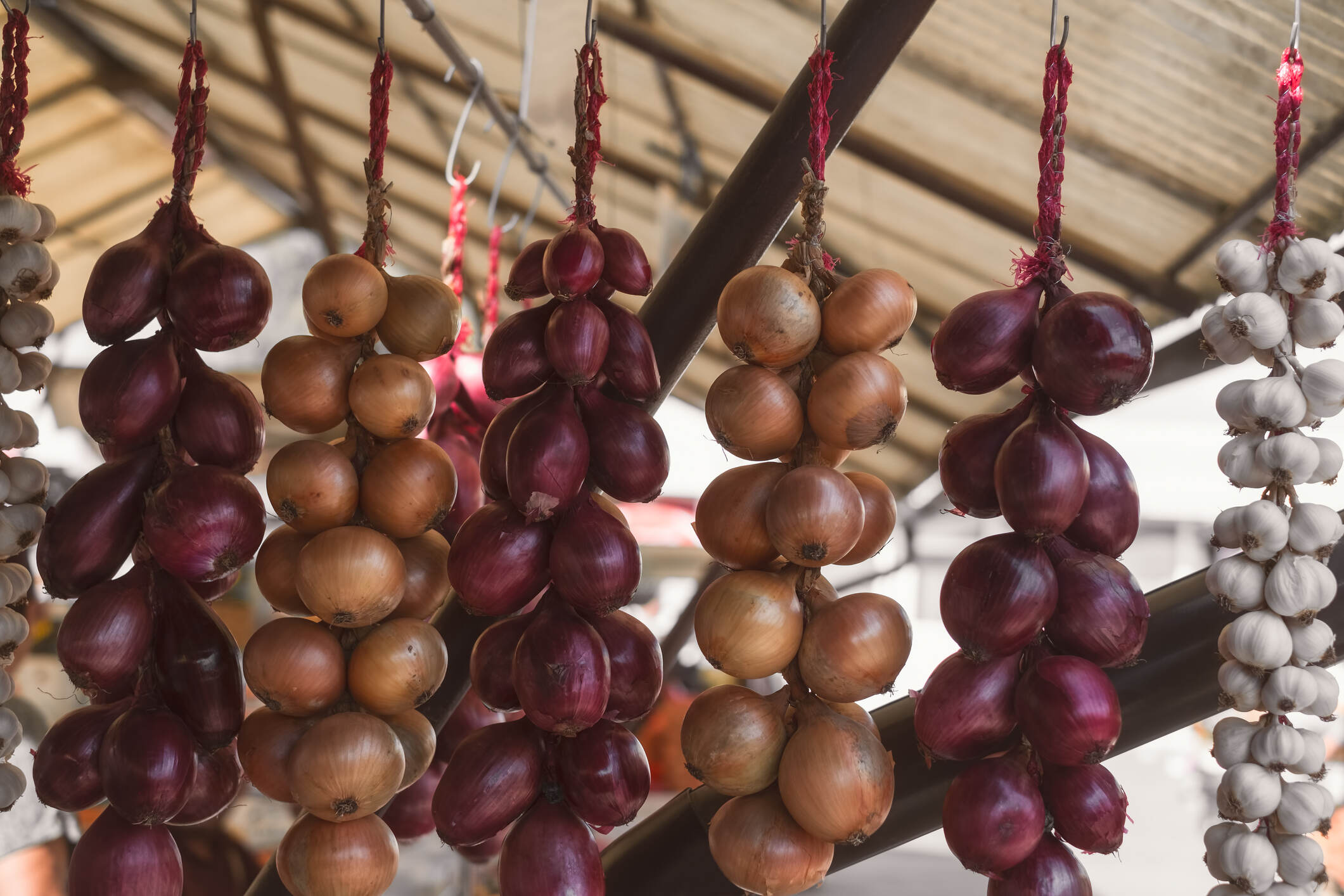
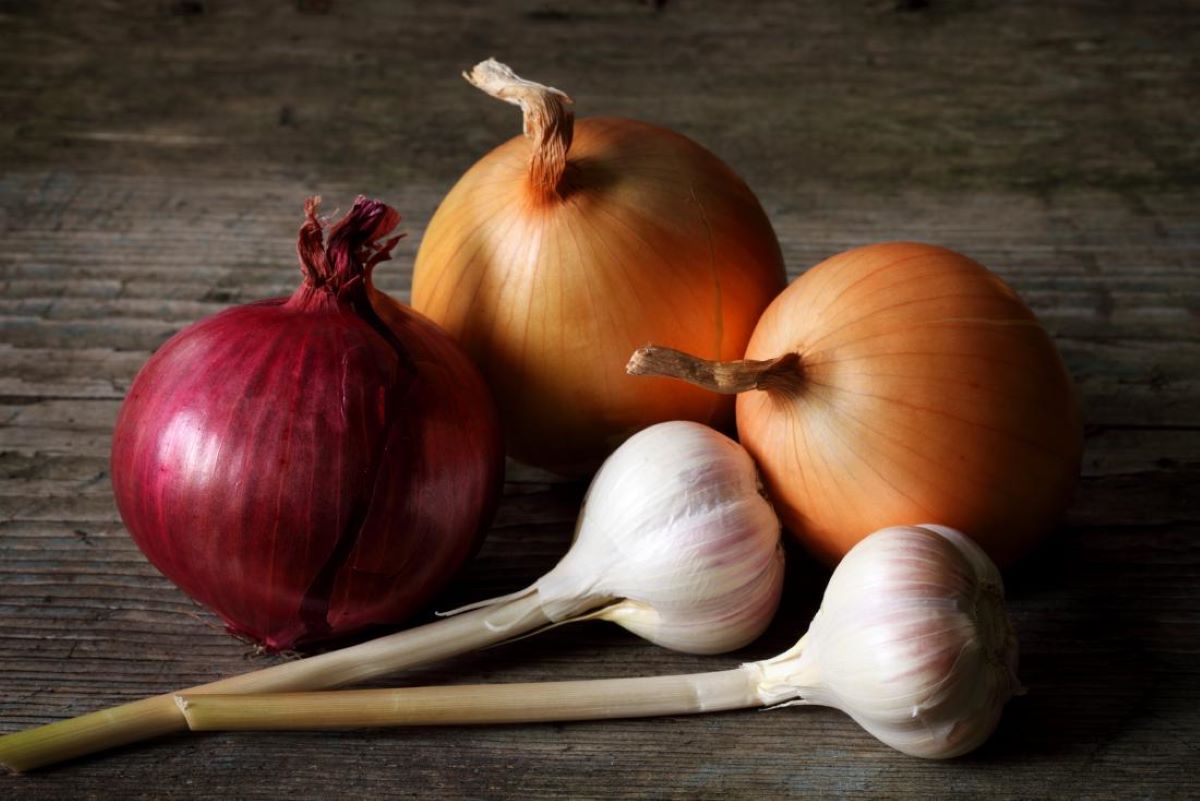
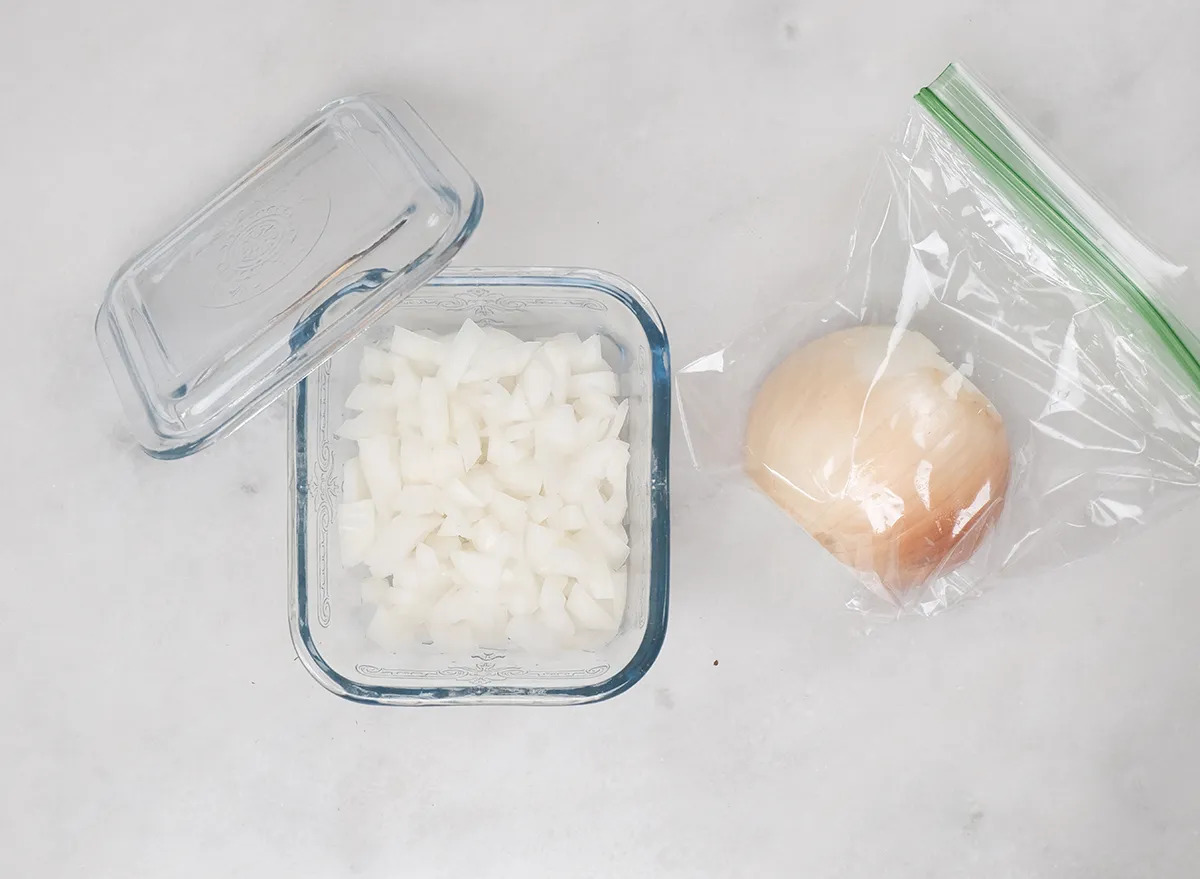
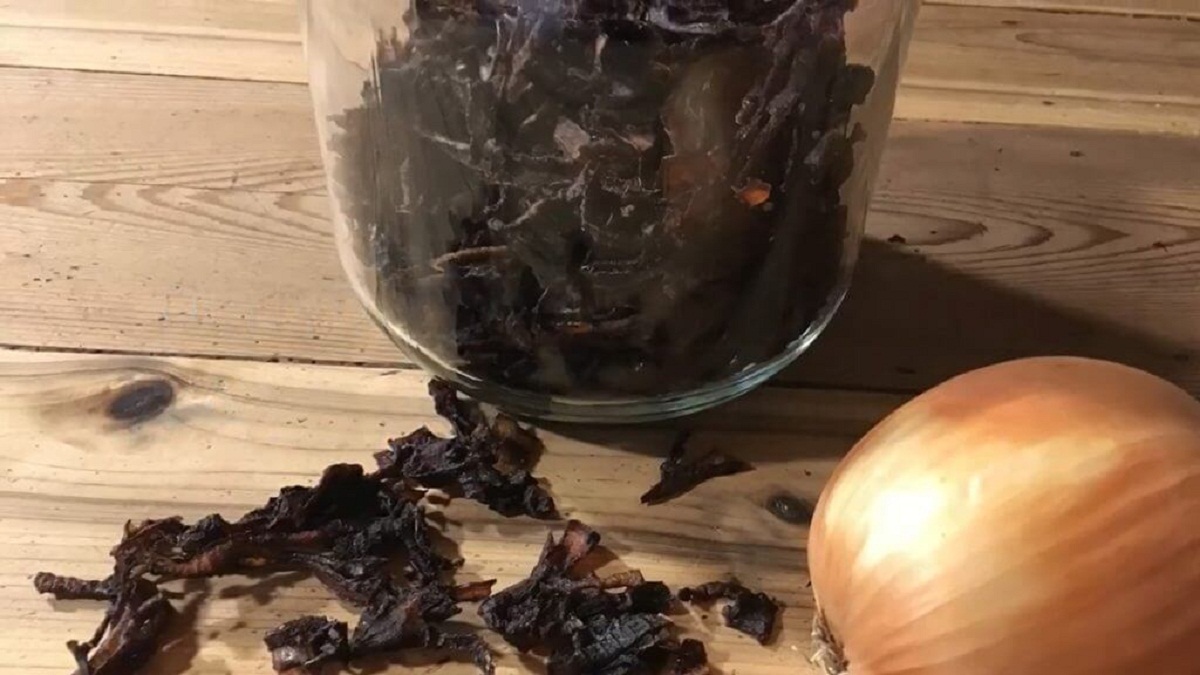
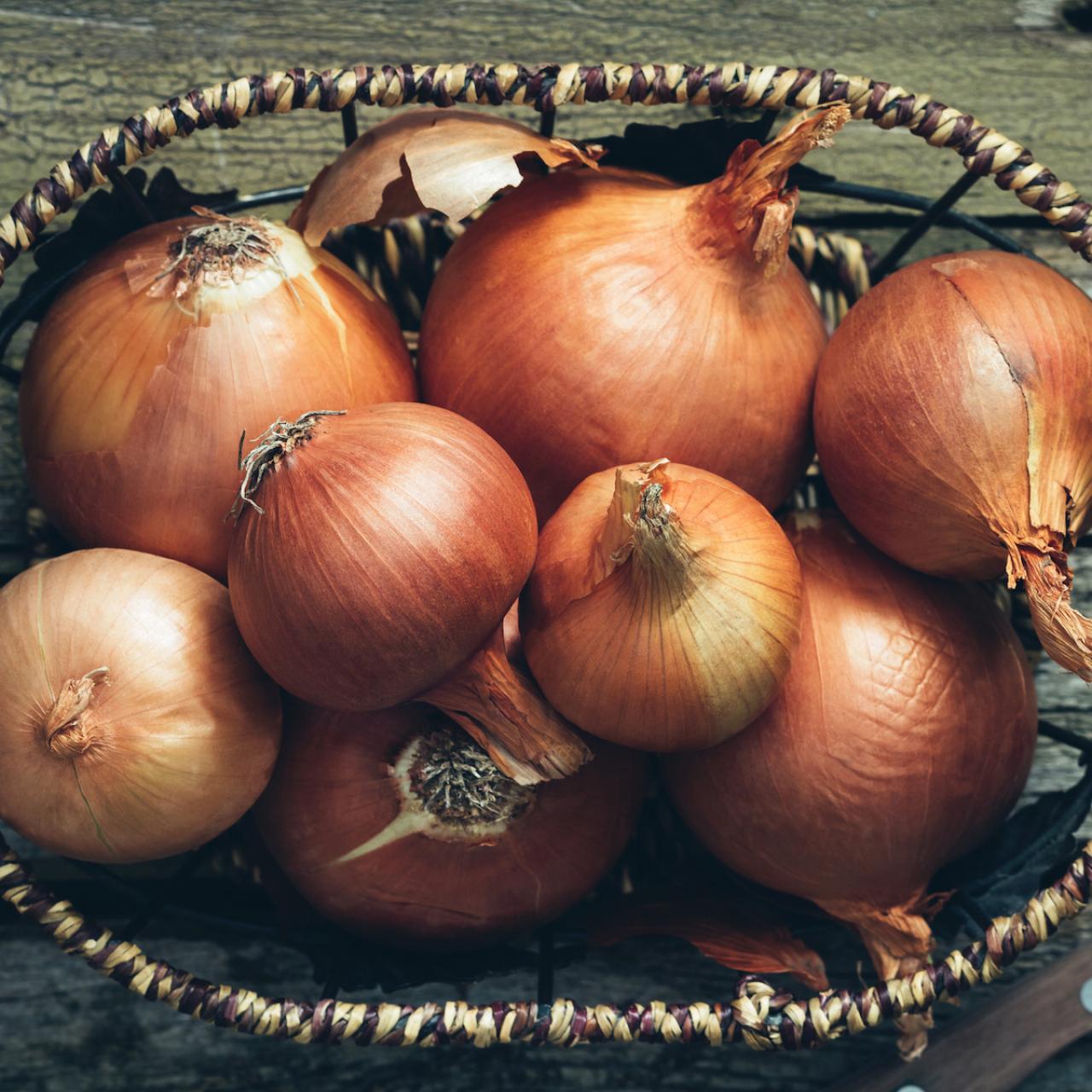
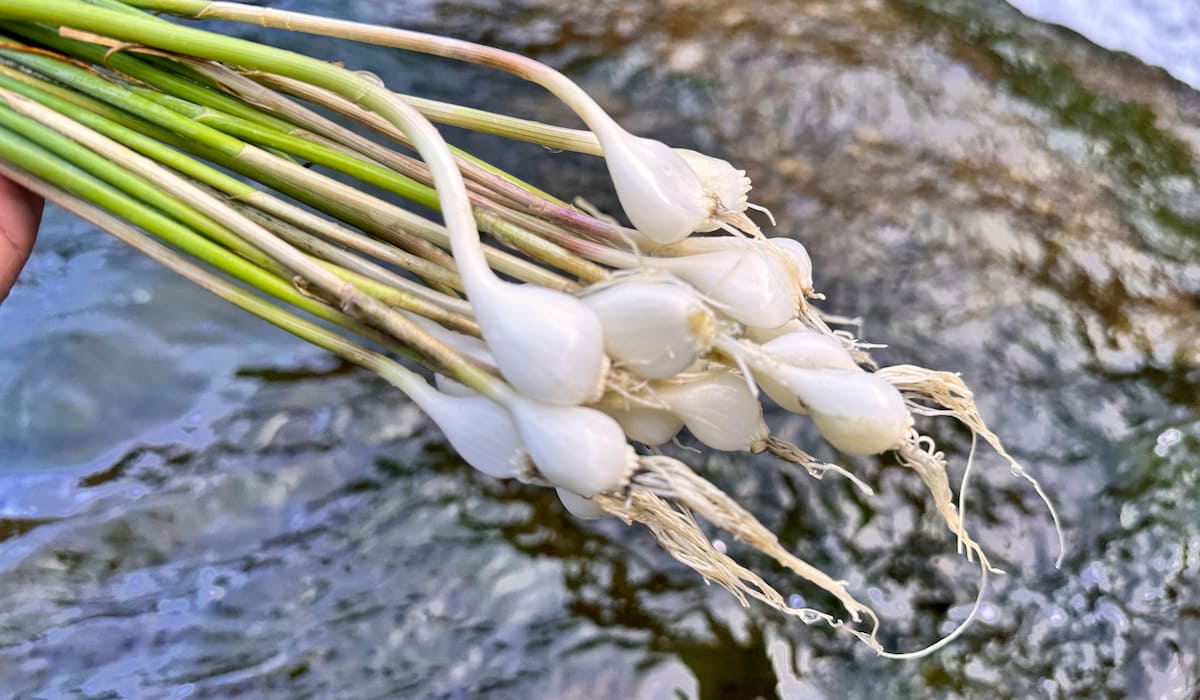
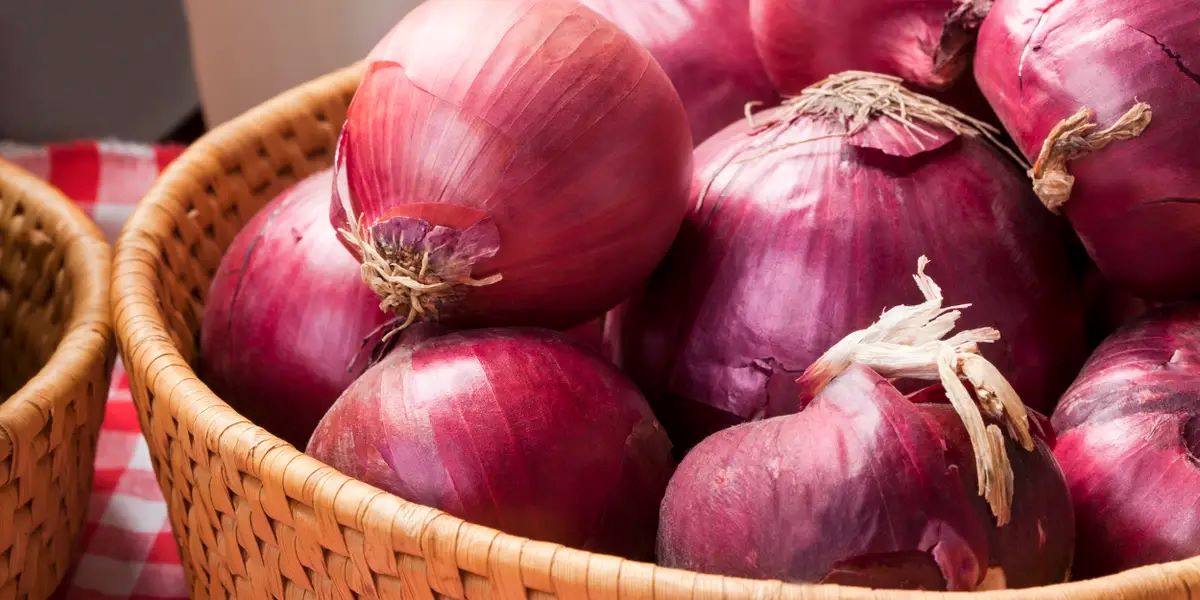
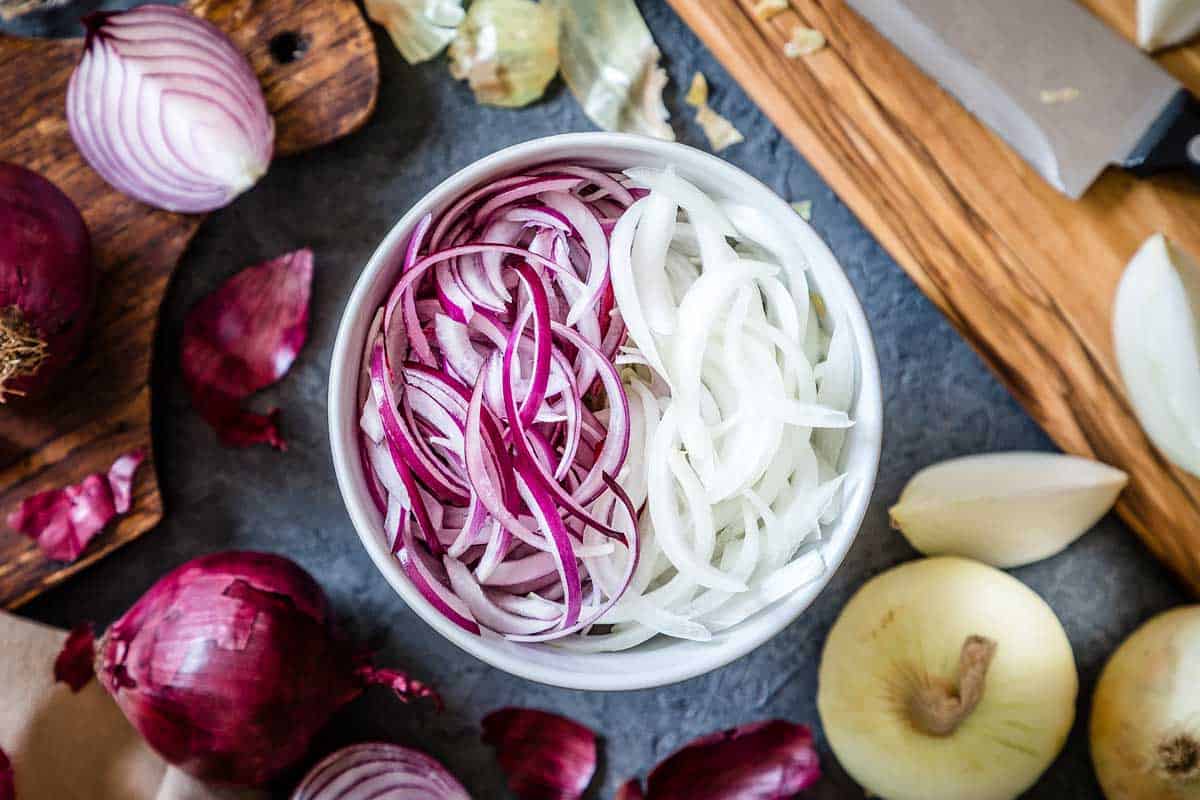
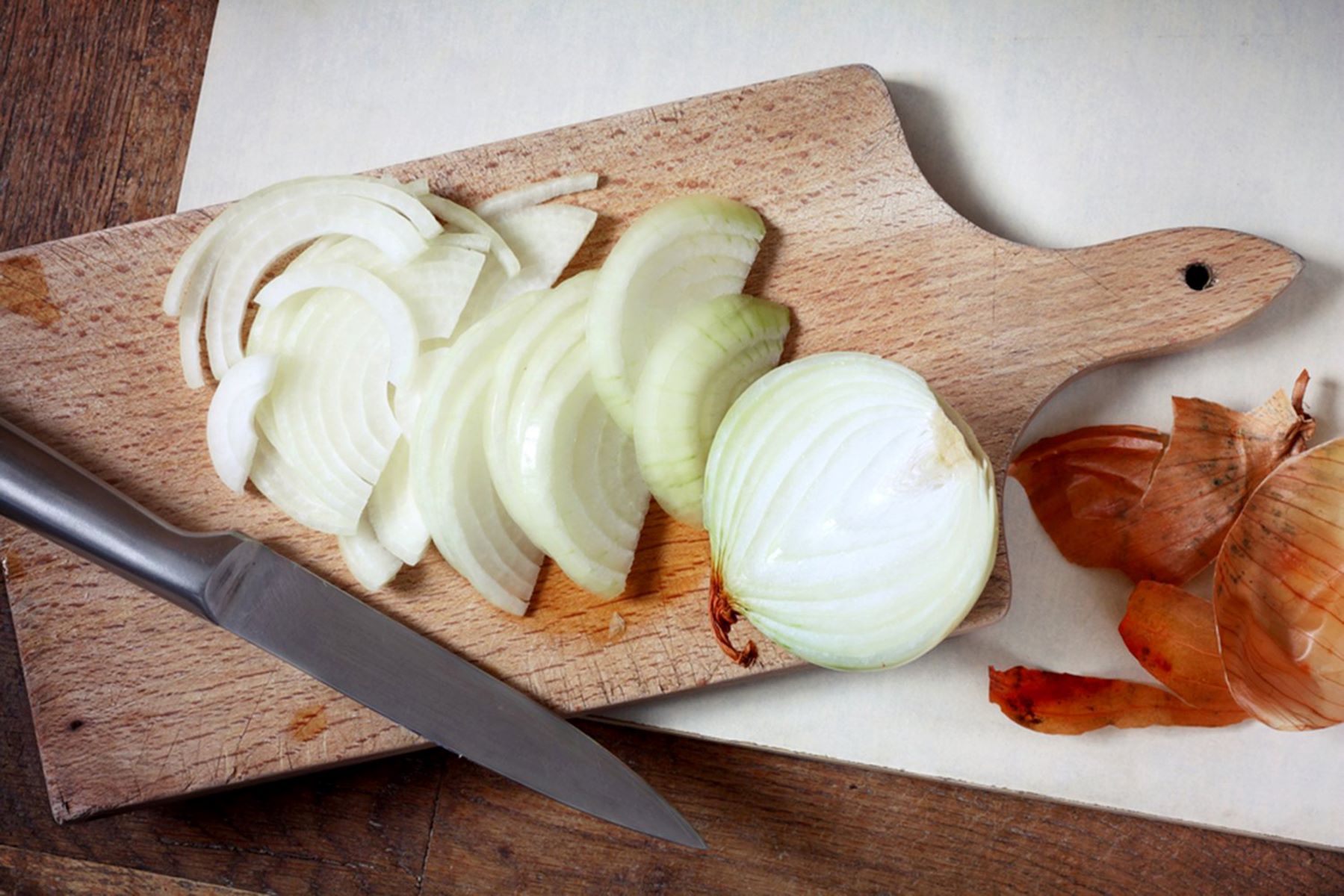
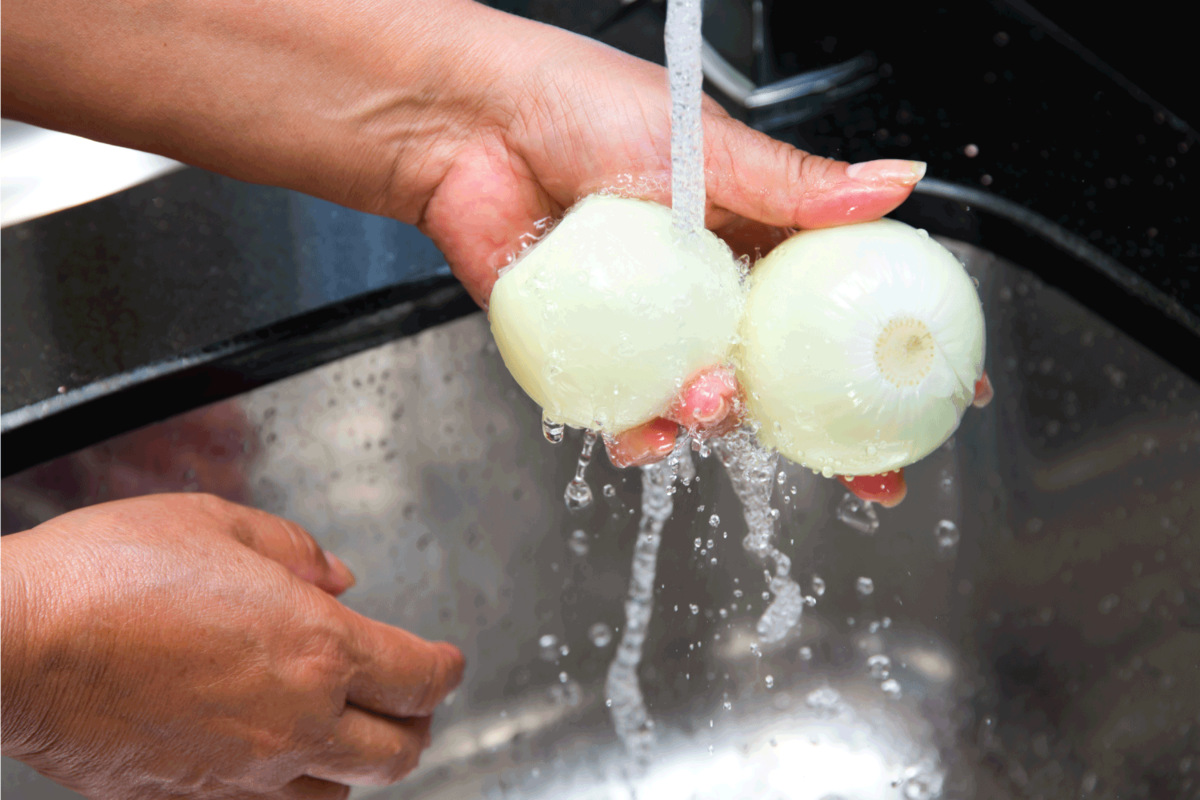
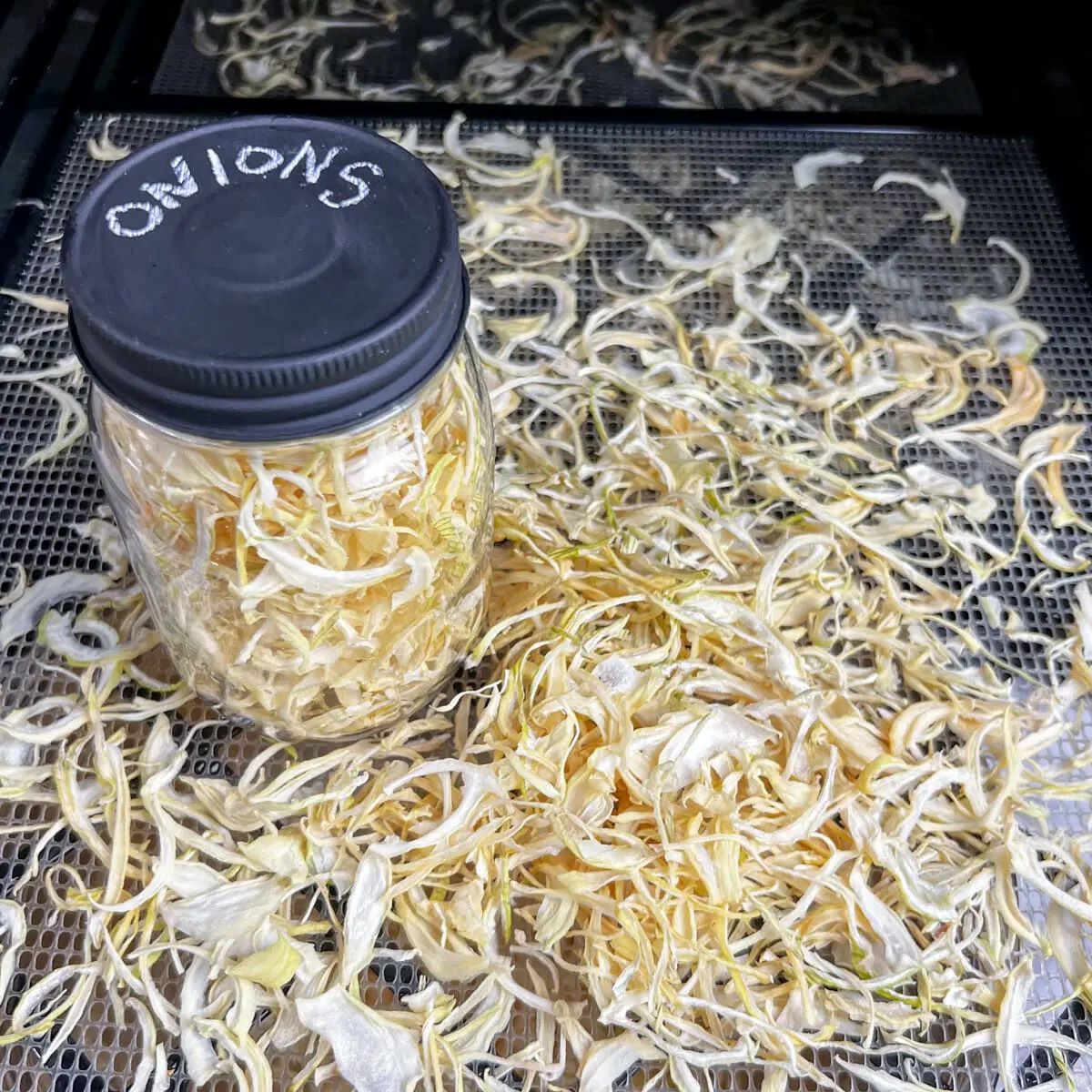
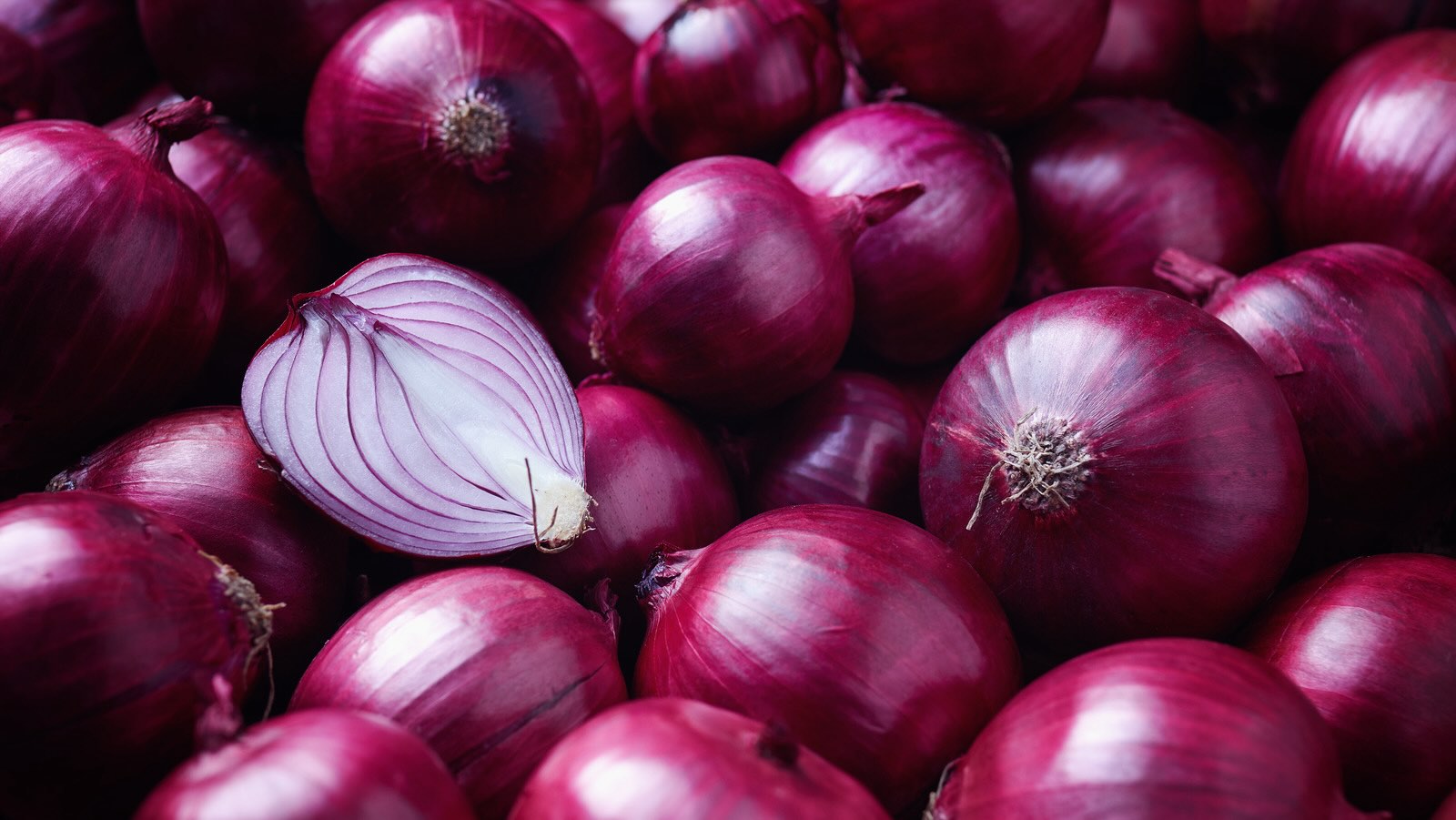
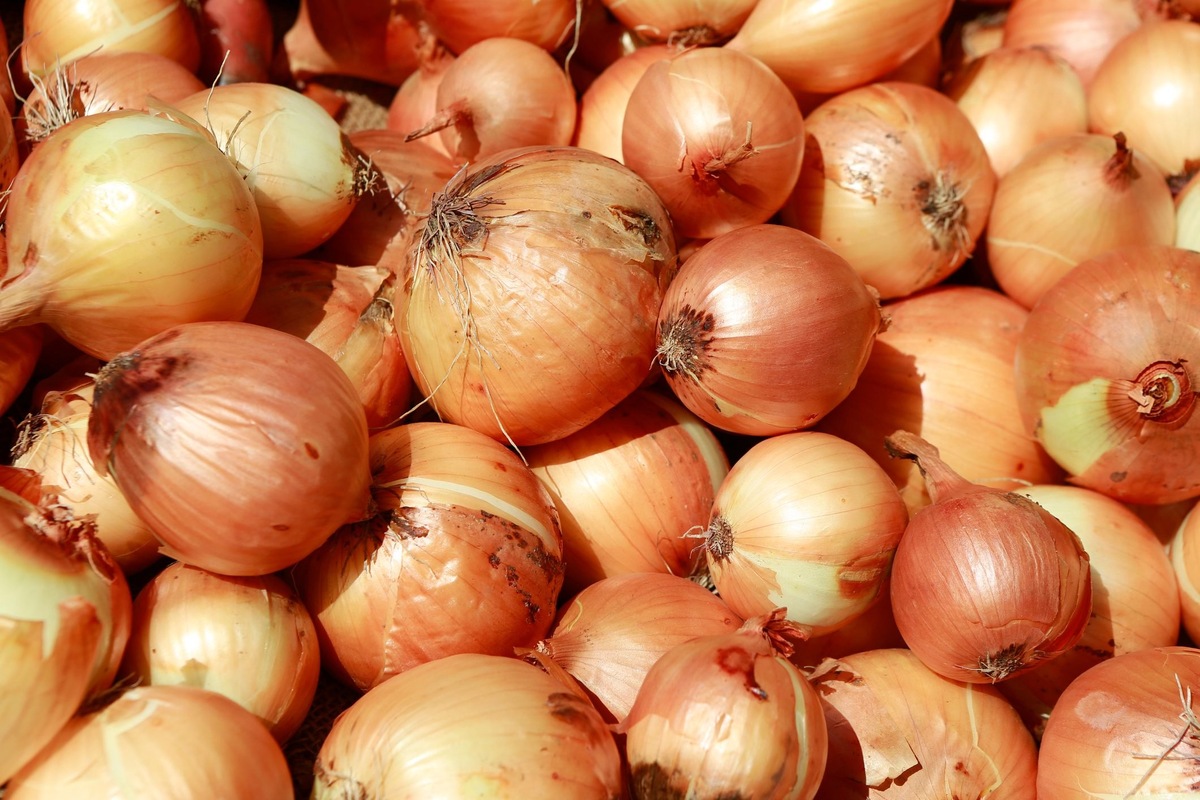

0 thoughts on “How To Store Fresh Onions”